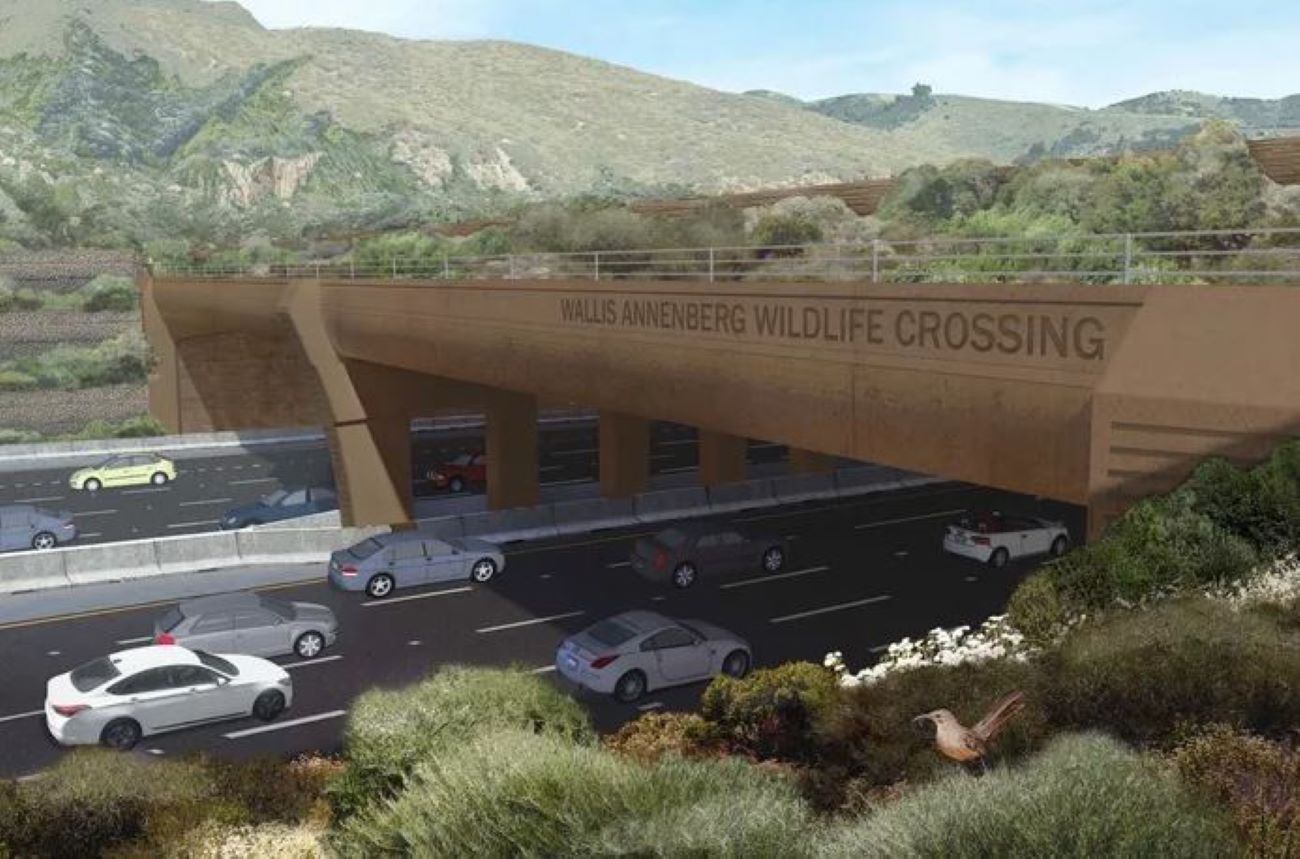
Wildlife, Animals and Birds Near Calabasas
Calabasas, a beautiful city nestled in in Northwest Los Angeles County, boasts a rich diversity of wildlife, animals, and birds. Its unique location and natural habitats have created a haven for various species, making it a paradise for nature enthusiasts and animal lovers alike. From the picturesque landscapes to the mesmerizing wildlife encounters, there is much to explore and learn about the fascinating creatures that call Calabasas their home. ABC Moving Systems invites you to experience the rich diversity of wildlife residing in the Calabasas area.
Local Fauna: Discover the native animal species thriving in Calabasas.
In the picturesque surroundings of Calabasas, a thriving community of native animal species coexists with the city’s human residents. The local fauna is a fascinating array of creatures that have adapted to the unique ecosystems within the region. Among the diverse wildlife, you can encounter majestic mule deer gracefully wandering through the hills and canyons, while curious coyotes occasionally make appearances near residential areas. The elusive bobcats roam the wilderness, and their sightings are a special treat for lucky onlookers.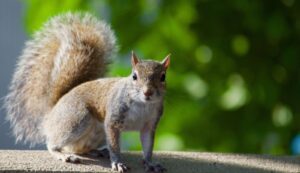
Calabasas also provides a habitat for various smaller mammals, such as the California ground squirrels and the Western gray squirrels, playfully darting among trees. Rattlesnakes, though less visible, are also a part of the natural ecosystem, so caution and awareness are essential while exploring the area’s trails and open spaces.
Beyond mammals, the native birdlife is equally captivating. From the melodious tunes of the Western meadowlarks to the vibrant plumage of Anna’s hummingbirds, birdwatchers can delight in the diversity of avian species. Raptors like red-tailed hawks and great horned owls gracefully soar through the skies, keeping a watchful eye on their territory.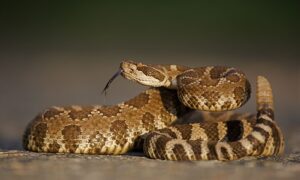
Local efforts focus on preserving these native species and their habitats. The community actively supports conservation initiatives, creating wildlife corridors to ensure safe passage for animals and minimizing human-wildlife conflicts. With its rich diversity and commitment to protecting its native fauna, Calabasas remains a sanctuary where humans and wildlife coexist harmoniously, providing a unique opportunity to experience the wonders of nature in their natural habitat.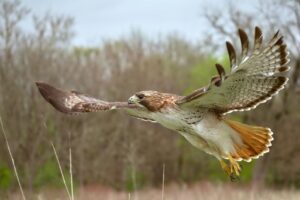
Avian Wonders: Explore the vibrant world of birds residing in the region.
- Calabasas, a haven for birdwatching enthusiasts, boasts a vibrant world of avian wonders.
- Over 200 bird species have been recorded in the region, offering diverse and exciting sightings.
- The Western meadowlark’s melodious song fills the air during spring and summer months.
- Colorful birds like the Western bluebird and the American goldfinch grace the local landscapes.
- Raptors, including red-tailed hawks and great horned owls, can be spotted soaring gracefully.
- The magnificent Anna’s hummingbirds, with their iridescent plumage, are a common sight in gardens.
- Herons and egrets frequent the water bodies, showcasing their elegant fishing skills.
- During seasonal migrations, the sky becomes a spectacle with flocks of birds passing through.
- Local nature reserves, such as Malibu Creek State Park, offer prime birdwatching spots.
The avian diversity in Calabasas creates an exciting opportunity for bird enthusiasts to immerse themselves in the world of feathered marvels. From songbirds filling the air with their sweet melodies to majestic raptors soaring above, every outing promises thrilling sightings. The region’s various habitats, including lush gardens, open spaces, and wetlands, cater to different bird species throughout the year. With dedicated nature reserves and the community’s commitment to conservation, Calabasas remains a treasured destination for birdwatchers seeking to explore the beauty and wonder of the avian world.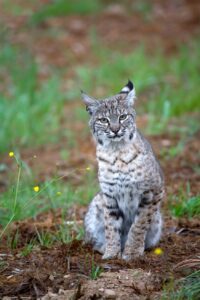
Wildlife Habitats: Uncover the diverse ecosystems that support these creatures.
Calabasas is home to a rich tapestry of wildlife habitats that support a diverse array of creatures. The region’s geographical features, including hills, canyons, and wetlands, create a variety of ecosystems, each catering to specific animal and bird species. The oak woodlands offer shelter to numerous mammals and birds, while the riparian areas along streams provide a haven for water-loving animals like beavers and otters. The Santa Monica Mountains, which flank the city, serve as a crucial wildlife corridor, facilitating the movement of animals between different habitats.
In addition to terrestrial ecosystems, the coastal proximity of Calabasas contributes to the presence of marine life. The nearby Pacific Ocean attracts various seabirds, and some coastal birds can occasionally be spotted venturing inland. Wetlands, such as Malibu Lagoon, are essential breeding grounds for many waterfowl species, contributing to their conservation.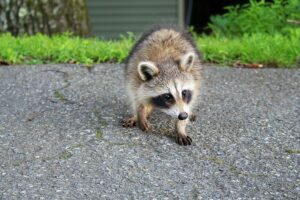
The city’s residents and authorities are dedicated to preserving these diverse habitats, recognizing their importance in supporting the local fauna. Conservation efforts include protecting open spaces from development, restoring native plant communities, and maintaining the health of water bodies. Through community involvement and responsible land management, Calabasas endeavors to ensure the continued harmony between its wildlife and their habitats. By uncovering and cherishing these diverse ecosystems, locals and visitors alike can appreciate the intricate balance that sustains the flourishing wildlife near Calabasas.
Conservation Efforts: Learn about initiatives aimed at protecting the local wildlife.
- Local Conservation Organizations: Calabasas is supported by dedicated groups focused on wildlife protection, such as the Calabasas Environmental Commission and the Santa Monica Mountains Conservancy.
- Wildlife Corridors: Initiatives establish and maintain pathways that allow animals to move freely between habitats, reducing the impact of urbanization on their populations.
- Habitat Restoration: Restoration projects work to revitalize native plant communities, which in turn support the local fauna and create more resilient ecosystems.
- Community Education: Awareness campaigns and educational programs aim to engage residents and visitors in understanding the importance of wildlife conservation.
- Animal Rehabilitation Centers: Local facilities, like the California Wildlife Center, provide care and medical attention to injured or orphaned animals, working towards their release back into the wild.
- Responsible Land Management: City planners and landowners collaborate to implement sustainable practices that preserve natural areas and safeguard critical habitats.
- Wildlife-Friendly Landscaping: Residents are encouraged to adopt wildlife-friendly landscaping practices that attract and support local birds and animals.
- Monitoring and Research: Ongoing research and monitoring projects provide valuable data for conservation efforts and inform future initiatives.
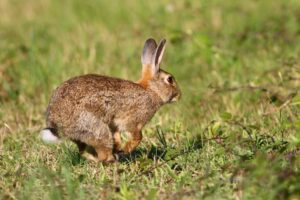
Calabasas prides itself on the community’s commitment to protecting the diverse wildlife, animals, and birds that call the region home. Through collaborative efforts and initiatives, residents and conservation organizations work tirelessly to safeguard habitats, support wildlife rehabilitation, and educate the public about the importance of coexisting with nature. These collective endeavors foster an environment where wildlife can thrive amidst urban surroundings, preserving the natural beauty and biodiversity of Calabasas for generations to come.
Animal Rehabilitation: Find out about the facilities dedicated to rescuing and rehabilitating injured animals.
Animal rehabilitation in Calabasas plays a crucial role in preserving the well-being of injured or orphaned wildlife. Dedicated facilities, like the California Wildlife Center, provide specialized care for animals in need. Trained professionals and volunteers work tirelessly to treat injuries, nurse animals back to health, and prepare them for eventual release into their natural habitats. These facilities cater to a wide range of species, from birds and mammals to reptiles, ensuring that each animal receives the appropriate care and attention. The rehabilitation process involves medical treatment, proper nutrition, and ample space for recuperation. As part of their mission, these centers also engage in public outreach and educational programs to raise awareness about wildlife conservation. Through the efforts of these compassionate organizations, injured animals find a second chance at life, contributing to the preservation of the rich biodiversity near Calabasas and fostering a sense of responsibility and care for the natural world within the local community.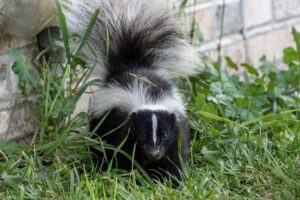
Birdwatching Hotspots: Identify the best locations for birdwatching enthusiasts.
- Malibu Creek State Park: A prime birdwatching destination with diverse habitats and abundant species.
- Tapia Park: Offers excellent opportunities to spot waterfowl and other bird species near the pond.
- Las Virgenes View Park: A vantage point to observe raptors soaring over the Santa Monica Mountains.
- Calabasas-Seminole Springs: Provides a serene setting to spot local and migratory birds.
- Upper Las Virgenes Canyon Open Space Preserve: Known for its varied landscapes and avian diversity.
- Malibu Lagoon State Beach: A coastal hotspot attracting numerous seabirds and shorebirds.
- Malibu Bluffs Park: Ideal for observing both land-based and coastal bird species.
- Santa Monica Mountains National Recreation Area: Rich biodiversity and various trails for birdwatching adventures.
Calabasas and its surrounding areas offer a plethora of birdwatching hotspots, making it a paradise for birdwatching enthusiasts. These carefully preserved locations showcase the region’s diverse habitats, providing an array of opportunities to spot various avian species. Whether it’s the oak woodlands, the riparian areas along streams, or the coastal proximity, each setting attracts different bird populations, making birdwatching a thrilling and rewarding experience. As visitors immerse themselves in the tranquility of these picturesque spots, they are greeted by the melodies and graceful movements of the local and migratory birds that call Calabasas their home. With binoculars in hand and a keen eye, birdwatchers can explore the wonders of the avian world while surrounded by the natural beauty that abounds near Calabasas.
Seasonal Migrations: Understand the patterns of migratory animals and birds in Calabasas.
Calabasas serves as a vital stopover for numerous migratory animals and birds, adding to the region’s dynamic wildlife landscape. As seasons change, various species embark on incredible journeys, seeking food and more favorable breeding grounds. During fall and spring, the Santa Monica Mountains become a spectacle of avian activity, with songbirds, raptors, and waterfowl passing through on their long journeys. The coastal proximity further enhances the appeal for migratory birds, attracting them to the wetlands and nearby habitats. Local birdwatchers eagerly await these seasonal movements, capturing glimpses of species not commonly seen throughout the year. Additionally, some mammals, like mule deer, may undergo seasonal migrations in search of better forage and cooler temperatures.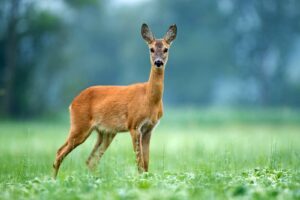
The seasonal migrations in Calabasas highlight the interconnectedness of ecosystems and the importance of preserving habitats both locally and along migratory routes. These remarkable journeys underscore the significance of international conservation efforts in ensuring the survival of these migratory species. Calabasas, with its diverse landscapes and proximity to the Pacific Flyway, stands as a living testament to the resilience and awe-inspiring beauty of wildlife’s seasonal movements, fostering a deeper appreciation for the delicate balance that sustains our planet’s rich biodiversity.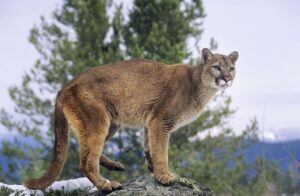
Calabasas is currently midway through a large project to build a safe animal bridge over the U.S. 101 Highway, so as not to landlock vulnerable wildlife populations. ABC Moving Systems is proud to support this long overdue animal population assistance project.
Human-Wildlife Coexistence: Explore the ways in which humans and animals harmoniously share the landscape.
- Wildlife-Friendly Urban Planning: Calabasas incorporates wildlife corridors and green spaces into its development plans, allowing animals to move freely.
- Responsible Pet Ownership: Encouraging responsible pet ownership helps reduce conflicts between domestic animals and wildlife.
- Trash Management: Proper waste disposal and securing trash bins prevent wildlife from scavenging and reduces human-wildlife conflicts.
- Education and Awareness: Public education initiatives inform residents about local wildlife, promoting understanding and respect for animals’ needs.
- Bird-Safe Buildings: Measures like bird-friendly glass and lighting help prevent bird collisions with buildings.
- Preserving Natural Habitats: Conserving natural areas and open spaces ensures animals have essential habitats for feeding and nesting.
- Limiting Outdoor Lighting: Reducing excessive outdoor lighting helps nocturnal animals maintain their natural behavior.
- Reporting Wildlife Sightings: Citizen science programs encourage reporting wildlife sightings, aiding conservation efforts and monitoring populations.
In Calabasas, a harmonious coexistence between humans and wildlife is nurtured through thoughtful planning, education, and conservation efforts. Residents and authorities actively take steps to minimize human-wildlife conflicts while preserving the natural heritage of the region. By implementing wildlife-friendly urban planning, responsible pet ownership, and proper trash management, Calabasas ensures that local wildlife can thrive amidst urban development. Public education initiatives raise awareness about the diverse wildlife, fostering respect and understanding. Measures like bird-safe buildings and preserving natural habitats further support this coexistence. By embracing these practices and encouraging community involvement, Calabasas continues to be a model of human-wildlife harmony, demonstrating the importance of safeguarding the delicate balance between nature and urban life.
Wildlife, Animals and Birds Near Calabasas – An Overview
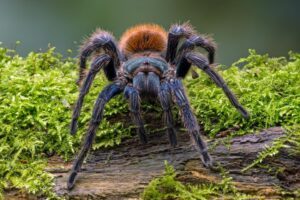 Calabasas, California, offers a fascinating world of wildlife, animals, and birds, inviting us to witness the wonders of nature. Its diverse fauna, thriving avian population, and unique habitats create an enchanting setting for those interested in wildlife.
Calabasas, California, offers a fascinating world of wildlife, animals, and birds, inviting us to witness the wonders of nature. Its diverse fauna, thriving avian population, and unique habitats create an enchanting setting for those interested in wildlife.
The region’s commitment to conservation and rehabilitation underscores the community’s dedication to preserving these precious species. As locals and visitors alike embrace a spirit of coexistence, Calabasas remains a treasured sanctuary where nature and human life intertwine harmoniously.
ABC Moving Systems has over 30 years experience moving families in the Calabasas area, and invites you to explore the rich diversity of wildlife, animals and birds near Calabasas.

